The use of satellites gives nations some advantages not only directly on the battlefield, but also in strategic confrontation. Therefore, over the past few decades, scientists have put a lot of effort into developing “anti-satellite weapons.” It embraces missiles, electronic warfare, hacking and even space tugs.
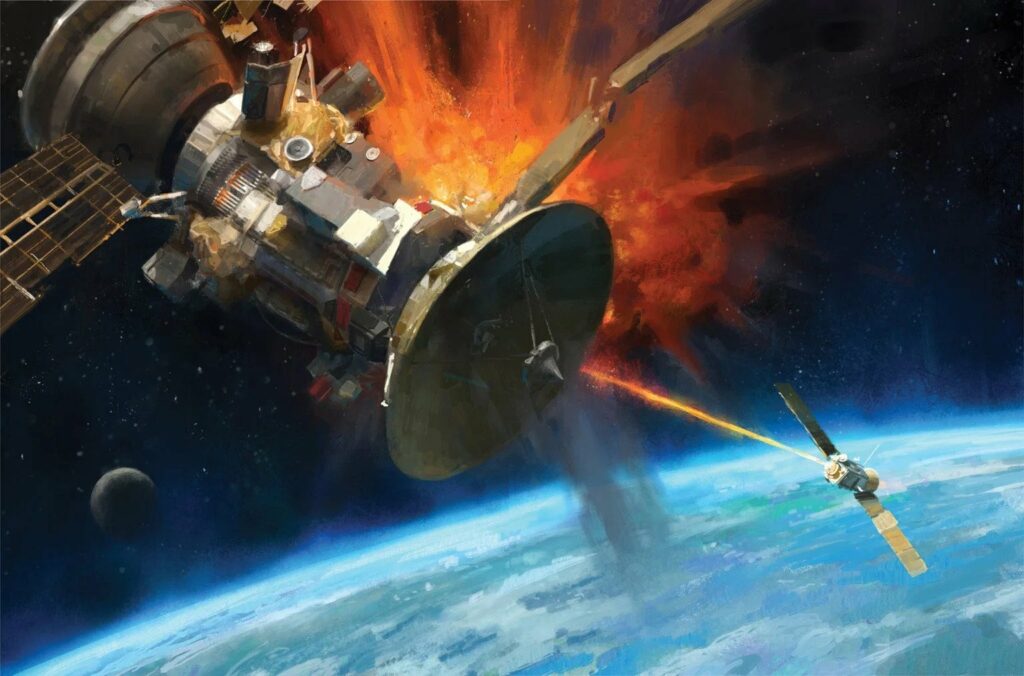
Reasons for satellite wars
Satellites capable of striking the enemy’s manpower and equipment directly on the surface of the earth exist only in science fiction. The military authorities were repeatedly proposed by engineers to create combat lasers, orbital bombs or simply heavy objects in orbit that can cause damage with their kinetic energy when they fall, but no project has yet been implemented.
However, devices in Earth’s orbit are able to significantly influence the course of military conflicts on the ground. The ability to observe the theater of war, provide communication and precise positioning, even in automatic mode, is a great advantage for any spacefaring nation.
It was these resources that provided the USA with the ability to conduct effective military operations in different parts of the world: the former Yugoslavia, Iraq, Afghanistan. In addition, a country that has surveillance satellites simply knows what is happening at any point on Earth. And Russia’s invasion of Ukraine showed that even a country with fewer resources is capable of resisting the bulky enemy using these instruments.
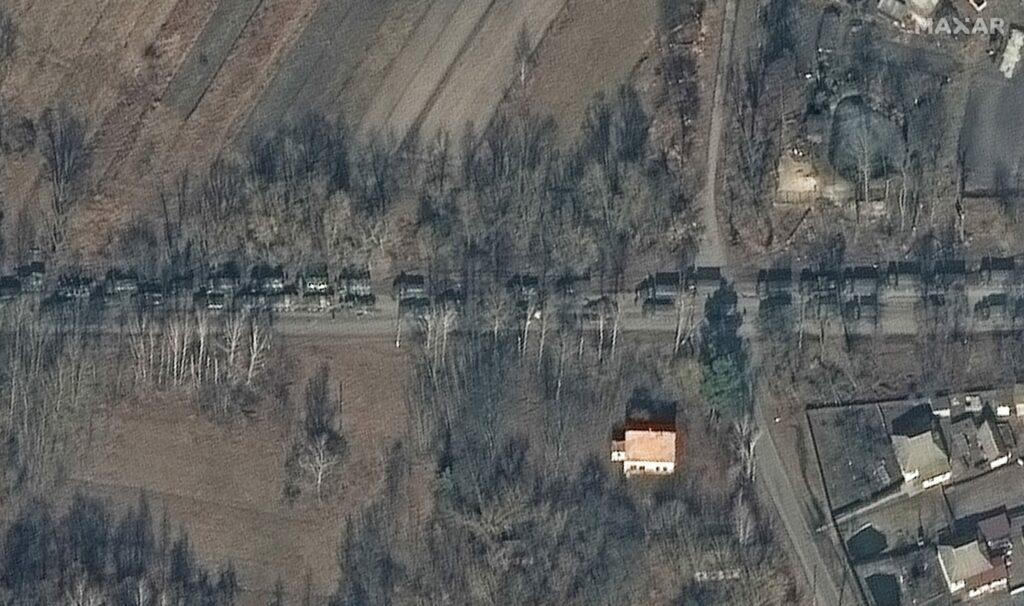
Therefore, it is no surprise that the spacefaring countries started developing weapons against satellites along with satellites themselves.
Firearms in space
The easiest way to neutralize a satellite in orbit is to physically destroy it. After all, space vehicles are vulnerable. No one protects them with armor, because this would increase their weight and, accordingly, the cost of launch. So, firearms are enough to kill a satellite.
Of course, such a weapon cannot knock down a satellite firing from the ground. It should be installed on another space vehicle, which should approach the target at a distance of several kilometers, which is quite realistic technologically nowadays. Gunpowder is a substance that can explode even in the absence of oxygen, so there are no obstacles to the shot.
There has already been a case of testing firearms in weightlessness in the history of space exploration. The Soviets developed the specialized 14.5 mm automatic cannon, installed it at Salyut-3 station, and tested it.
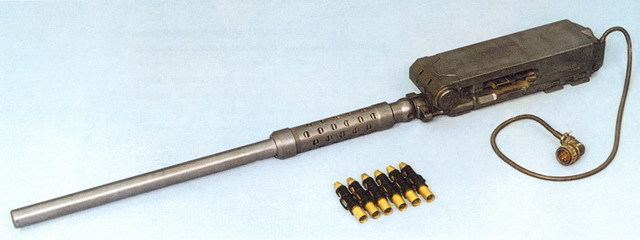
Using firearms in orbit has two major downsides. The first is a distance to the target. After all, although there is no horizon in space, it is impossible to effectively aim at a human-sized target at a long distance.
The second is recoil. According to the law of conservation of momentum, when fired, any gun will push the spacecraft in the opposite direction from the target. At the same time, there are no frictional and gravitational forces in the vacuum that could compensate for the acceleration from the shot. So, either the gun carrier has to be very massive, or you have to spend extra fuel to counterbalance the recoil.
Missiles as anti-satellite weapons
Another way to destroy satellites in orbit is rockets. It is interesting in that it allows you to destroy both enemy spacecraft and combat units of the enemy’s ballistic missiles with single launch. Such weapon either simply rams the satellite, or explodes next to it, destroying the device with its debris.
The United States of America began developing anti-satellite missiles back in the 50s. The first samples of this weapon were modified ballistic missiles. They could only be launched either from aboard strategic bombers or from the surface of the earth. And as late as early 1980s, the United States created the ASM-135 ASAT anti-satellite missile, which could be carried by a mere fighter jet.
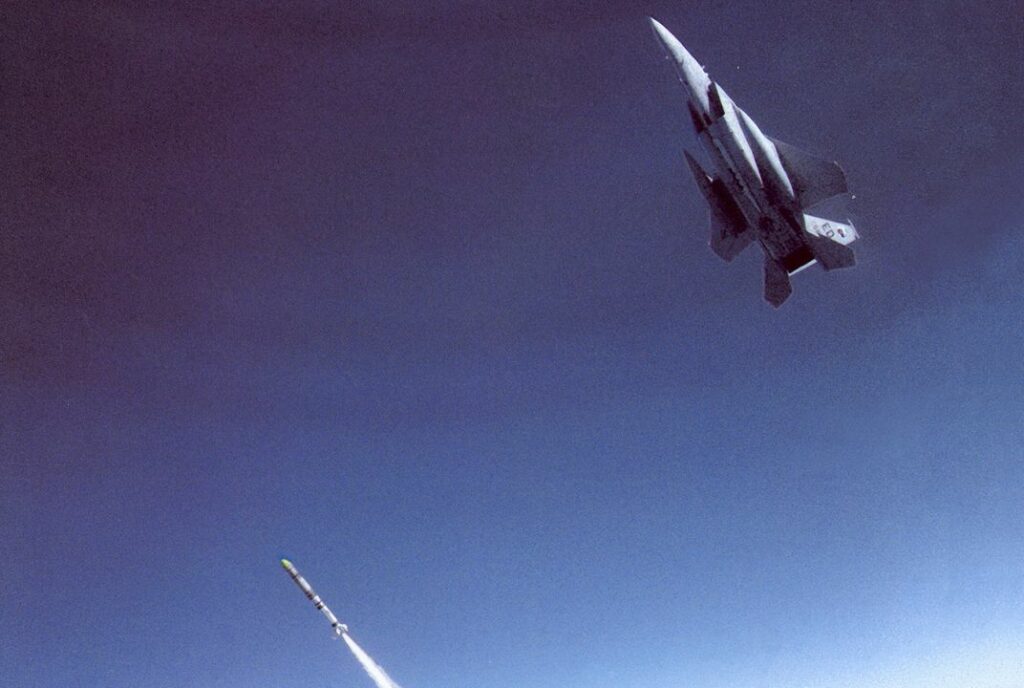
It was it that first struck a spacecraft in orbit on August 20, 1985. After that, other nations also started developing similar weapons. Now it is owned by China, Russia, India and possibly Israel.
Kesler’s syndrome
The biggest disadvantage of using weapons in space is the formation of debris. After all, they do not settle anywhere, but are dispersed in numerous random orbits and continue to run around the Earth, preserving their kinetic energy.
These fragments can damage any object in orbit —it might be ISS, or an enemy satellites or your own space infrastructure. The worst thing is the more collisions there are, the more debris form and the higher the threat of new crashes is. Such an uncontrolled increase in the amount of debris can make flights into orbit simply impossible for a while.
This chain reaction is called Kesler syndrome after the NASA employee who was the first to describe the problem of uncontrolled multiplication of debris in orbit. It is precisely because of the threat of such a contamination that the USA does not conduct tests of anti-satellite weapons themselves and implore other nations the same prudency.
Laser weapons
There is also a more technologically advanced instrument to disable an enemy satellite —lasers. A laser is a focused stream of coherent radiation. Accordingly, it does not cut the target and does not tear it into pieces. The main effect of this weapon is thermal. The equipment and structural elements of the enemy satellite simply fail due to overheating, gradually melt and partially evaporate.
Although the use of laser weapons does not lead to the formation of a large number of fragments, this advantage is completely lost due to the high energy consumption and the need to hit the target at a very long distance.
This leads us to the first problem of laser weapons — the need to precisely focus the beam on the target to create the necessary concentration of energy. It can be compared to trying to set fire to a piece of paper with a magnifying glass from several kilometers away.
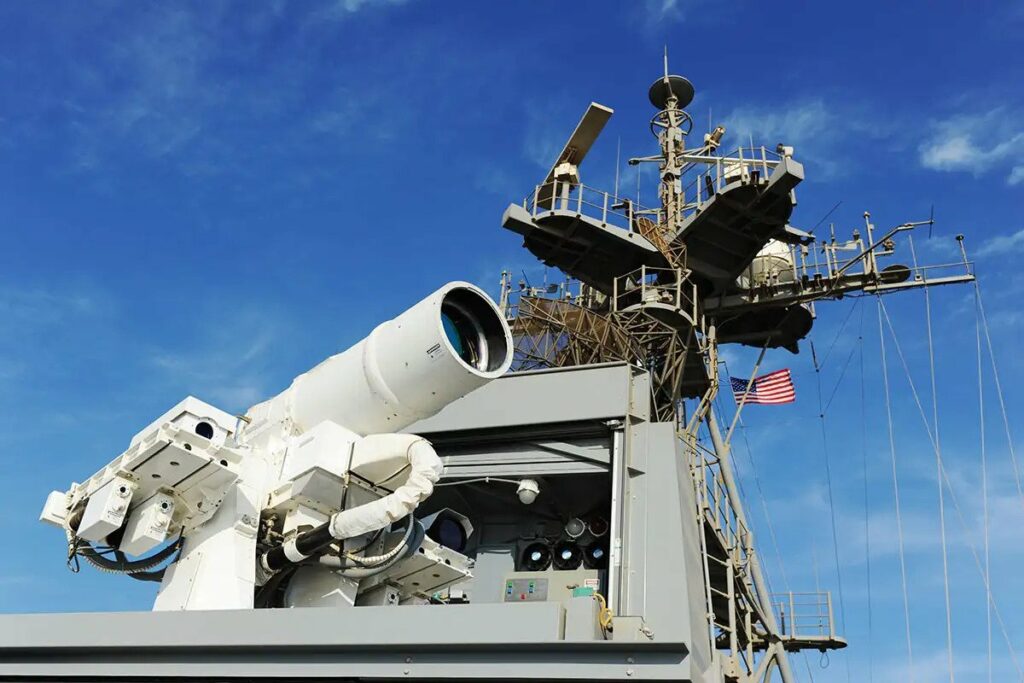
The second problem is high energy consumption. That is why the only realistic project of laser cannon is a stationary one, placed on Earth. The US military simply had to connect it to a power plant. And this device proved quite effective. However, so far only a rocket in the atmosphere has been destroyed by it. Satellites still remain beyond its reach.
In the 1980s, the military engineers in the USA and in the USSR developed projects to place lasers on satellites. They were to be powered by nuclear power plants. The Soviet Union even launched a model of one of these devices into space. But in general, all these efforts ended in nothing.

